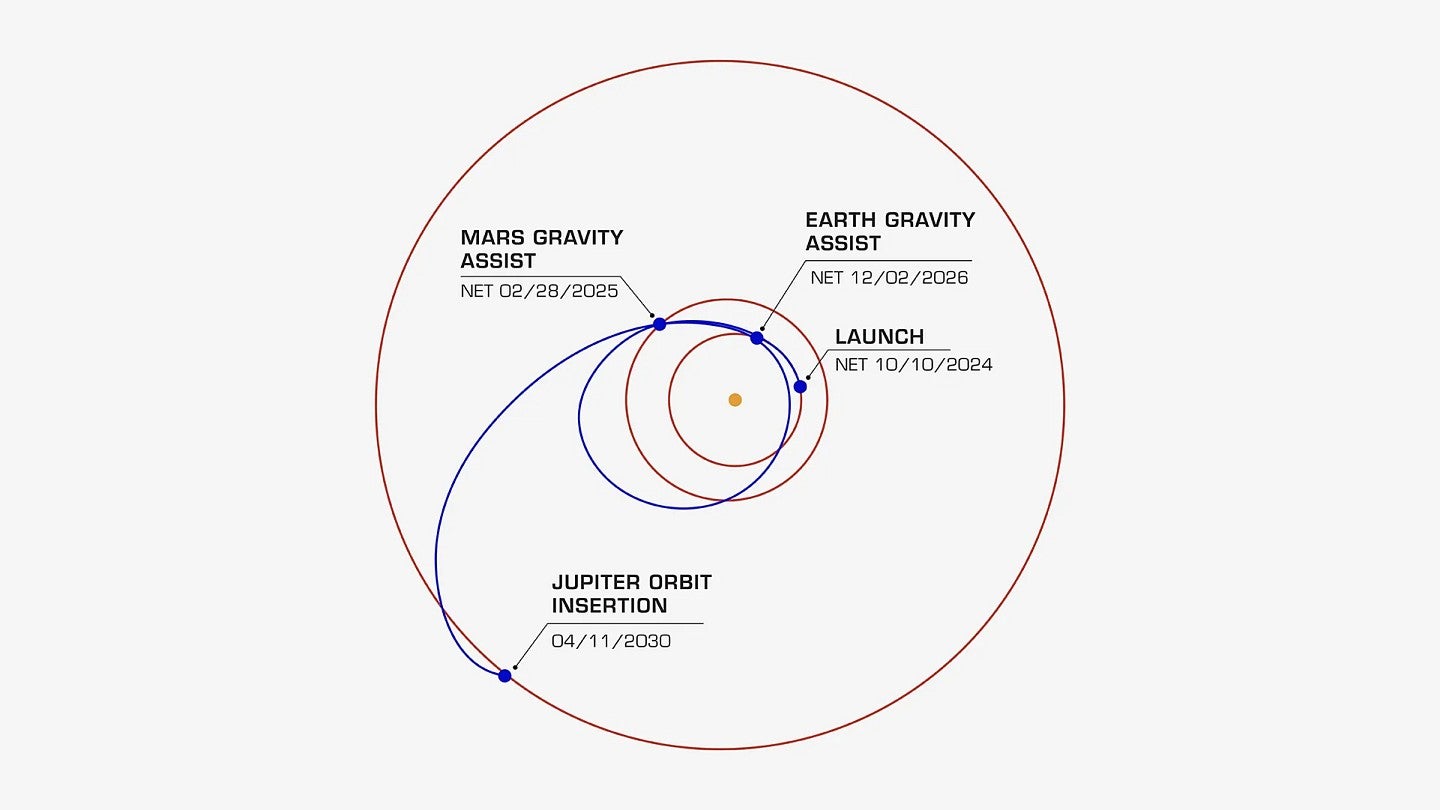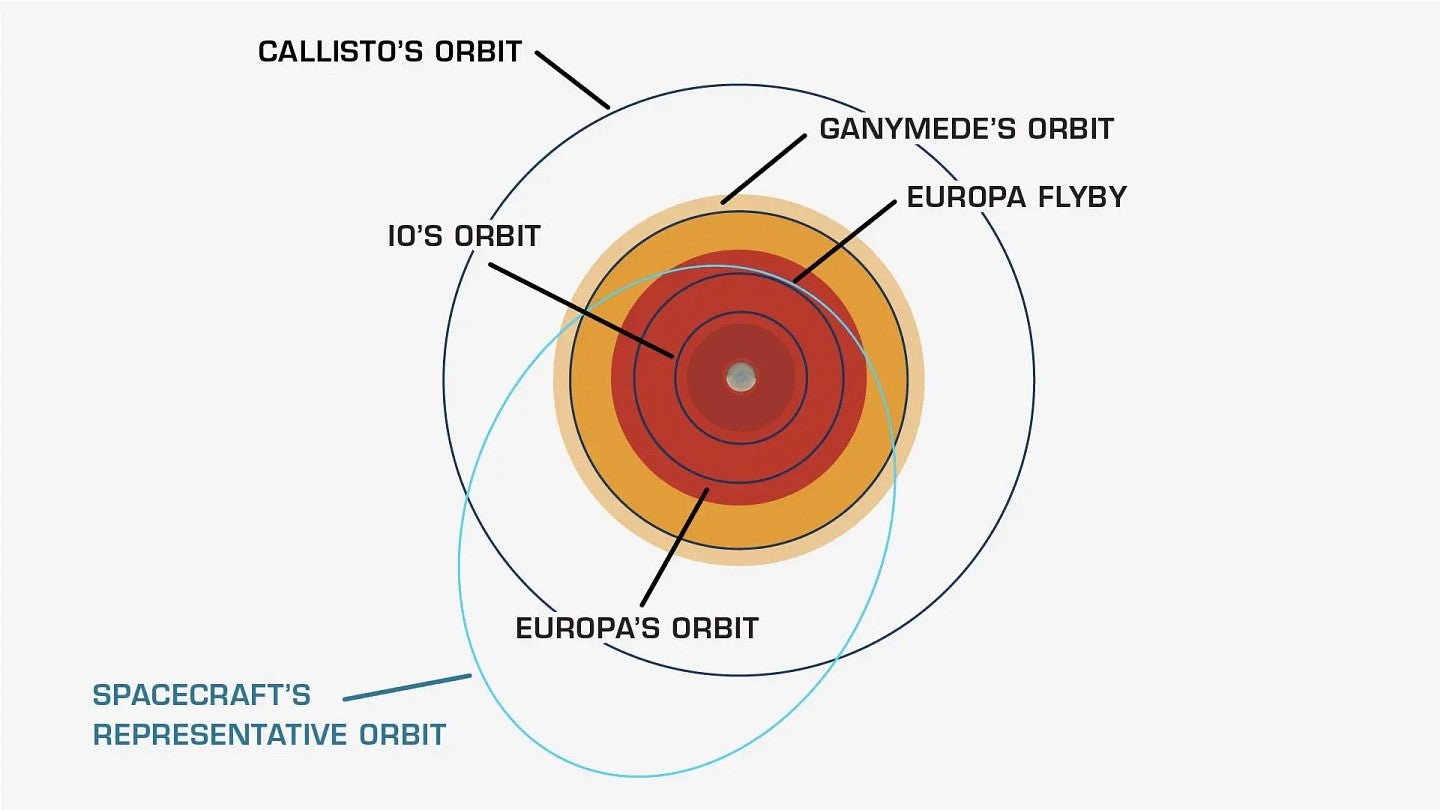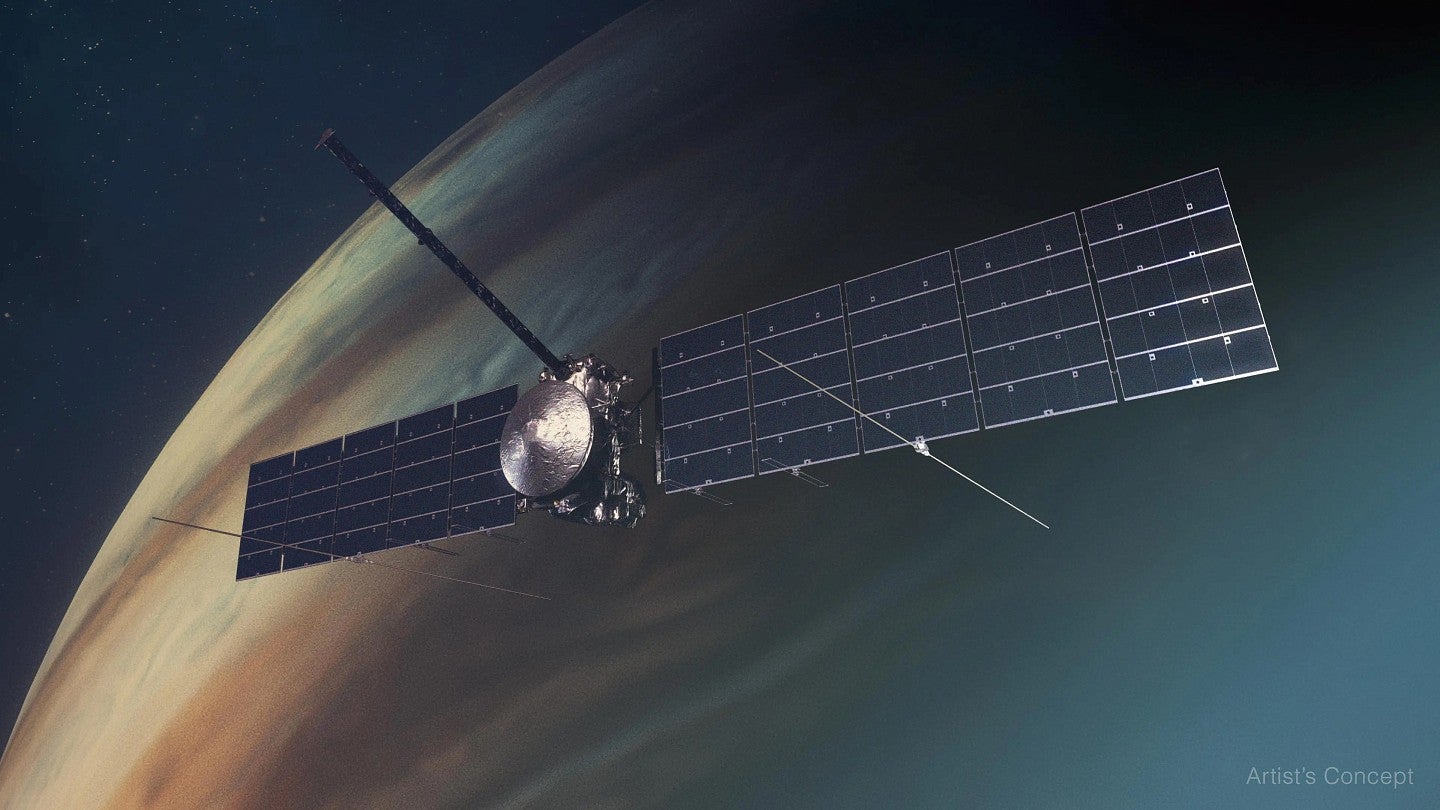
Europa probe carrying UO research is on its way to Jupiter
Planetologist Carol Paty helped develop tools to look for an ocean on a Jovian moon
A comparative planetologist at the University of Oregon is looking to confirm the existence of a subsurface ocean on Jupiter’s moon Europa using data from a NASA space probe that launched Monday morning.
Carol Paty, professor of earth sciences in the College of Arts and Sciences, is a member of the research teams behind two of the nine scientific instruments aboard the Europa Clipper space probe.
Paty helped develop models to inform the requirements for the instruments and the mission so that the data collected could detect and help describe what scientists strongly suspect is a vast sea of salty water buried under a sheet of ice enveloping the moon’s surface.
Because where there’s water, there could be life.
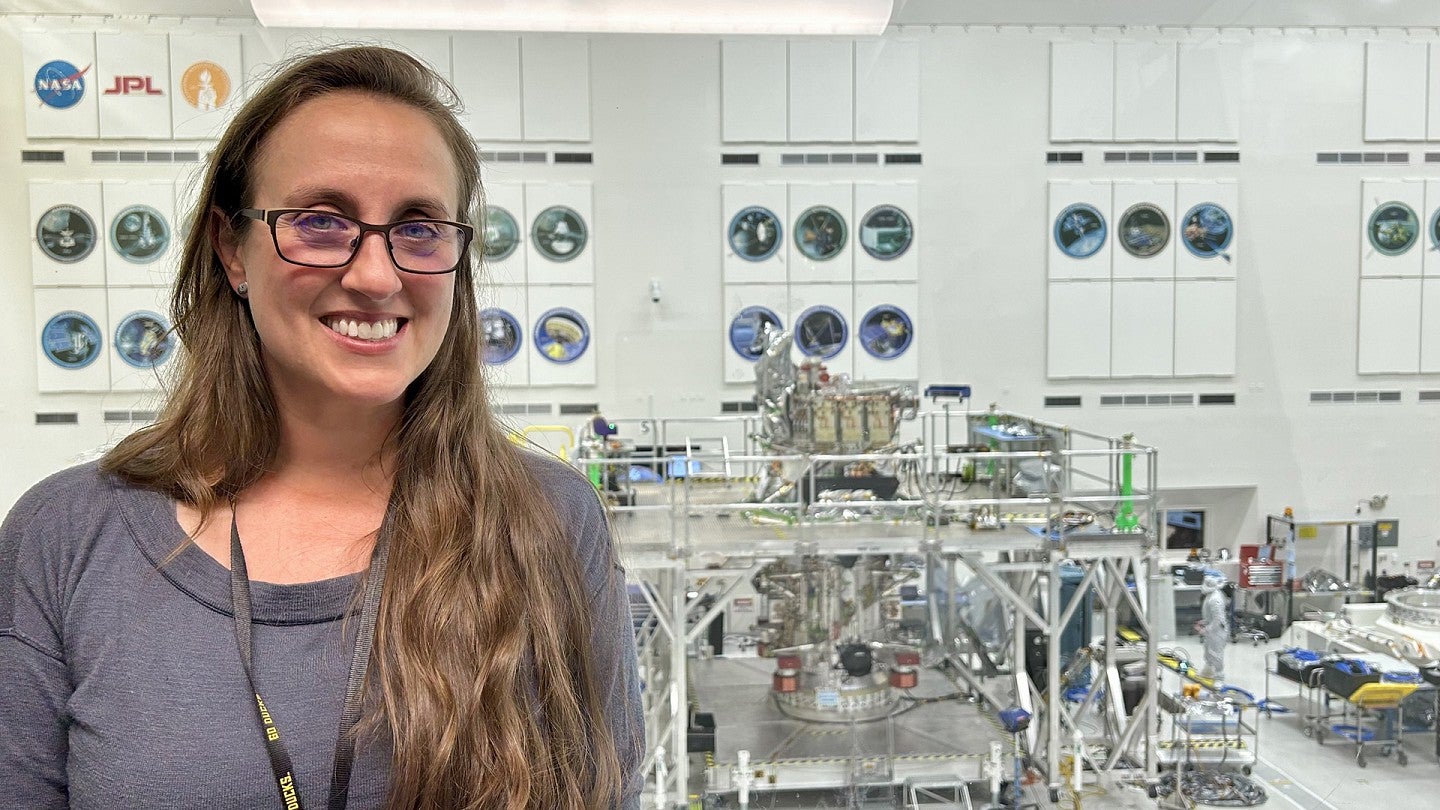
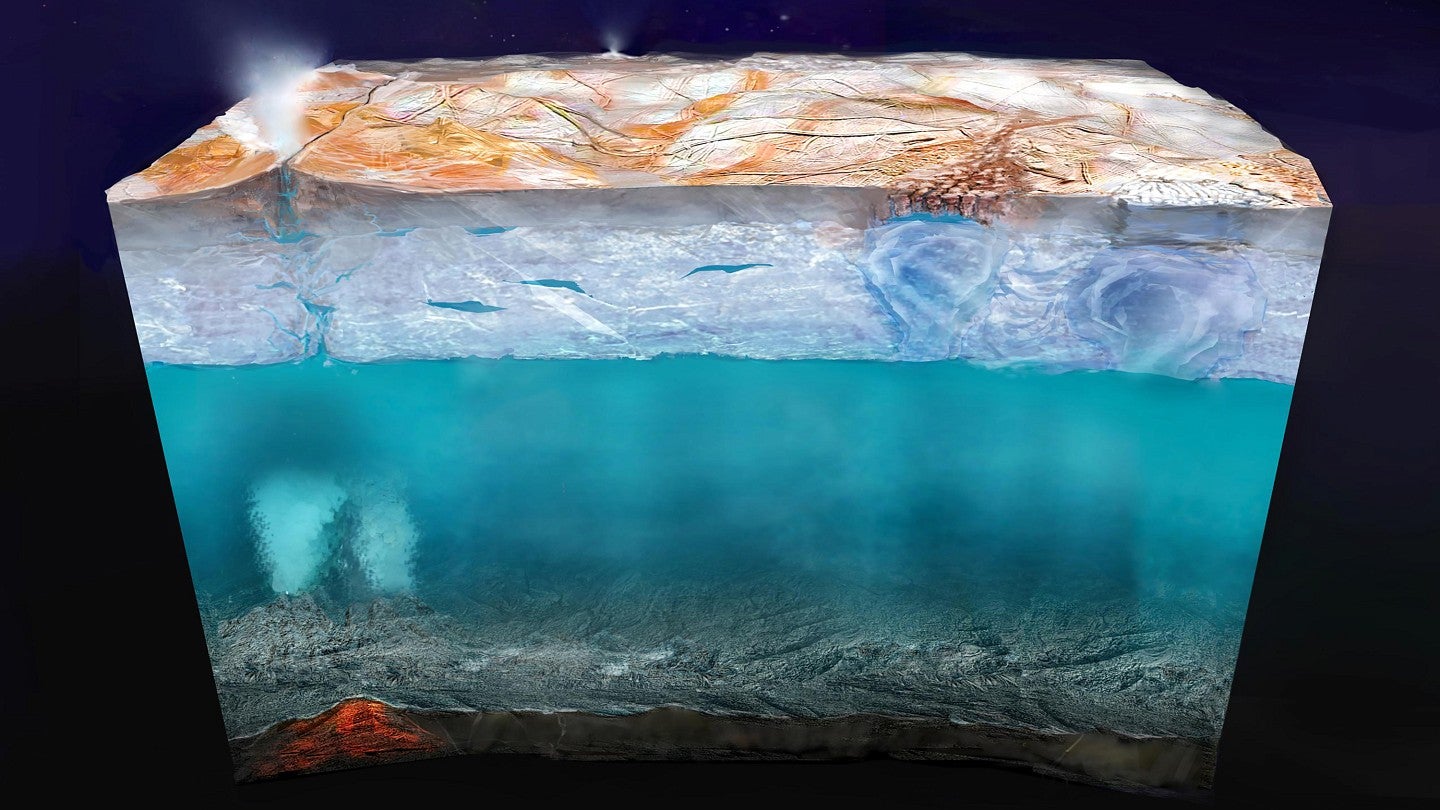
“That idea of understanding the habitability or characterizing the subsurface ocean in terms of the thickness of the ocean, the salinity of the ocean, how deep beneath the ice shell the ocean is,” Paty said, “is all going to be important for determining whether or not that subsurface ocean is a habitable environment, a place that could have harbored the evolution of life.”
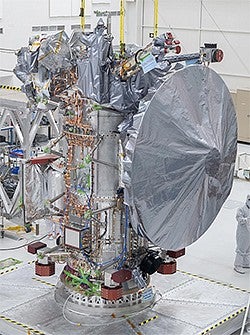
Paty’s research involves creating models to help provide context for and interpret observational data, specifically in terms of quantifying the influence of Jupiter’s magnetic field on Europa.
“Electrons and ions feel changes in magnetic fields, and the motion of those charged particles in the conductor is going to generate a current, whether the conductor is a copper pipe or a subsurface ocean on Europa,” Paty explained.
The data from Europa Clipper will help scientists understand the depth and salinity of the subsurface ocean, as well as where Europa’s icy surface layer ends and the subsurface ocean begins.
“There are droves of scientists who would love to land on Europa, drill through the ice and really get to that subsurface ocean to put a little submarine down there and measure the heck out of it and see if we find black smokers and things like we see in the deep oceans on Earth,” Paty explained.
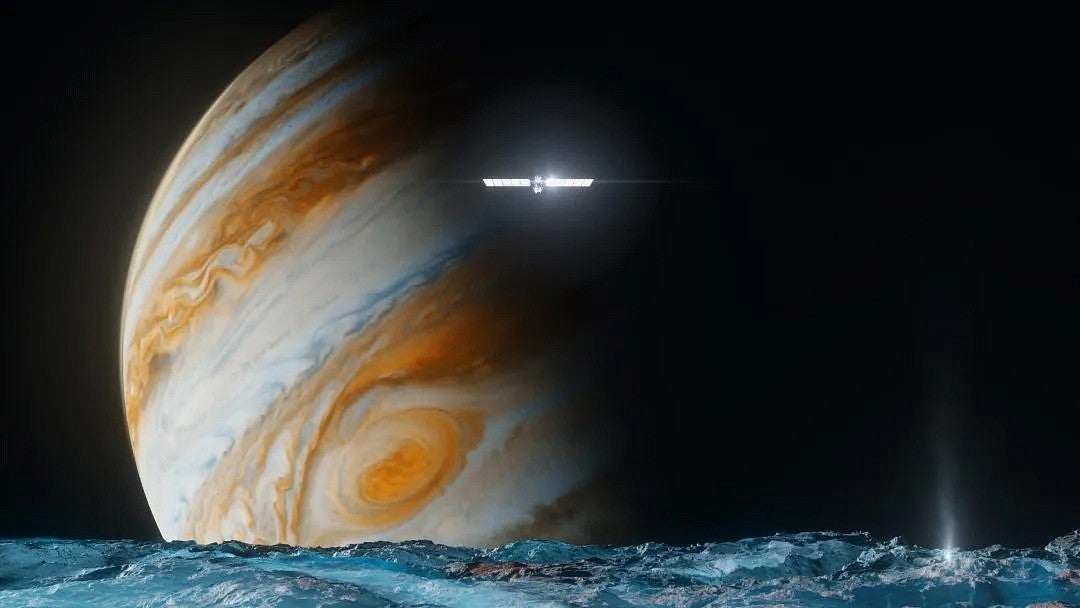
“But the thickness of the ice matters,” she said. “We don't have the capability to drill through 30 kilometers of ice. Do we have the capability to drill through five kilometers of ice? We might. “So the question of the ice shell’s thickness is one that we're all going to be really excited to figure out.”
Paty noted the mission builds on decades of space exploration, from Voyager 2 to Galileo to Cassini. She has used data and observations from past space missions to Jupiter, along with comparisons to observations of Earth and other planets and moons, to help focus Europa Clipper’s inquisitive instrumentation.

Paty’s specialty is in space physics and planetary magnetic fields. She develops simulations to interpret observational data and understand the underlying physics.
"I love looking around the solar system trying to understand these diverse planetary systems, and through comparative planetology we can take what we learn from observing different planets and moons and then apply it to places we’ve yet to explore in detail,” she said. “It can shed new light and bring perspective to new places or even to places we've visited decades earlier.”
How to follow the mission
Following a four-day delay due to Hurricane Milton, the Europa Clipper spacecraft lifted off from the Kennedy Space Center on Monday, Oct. 14, for its 5½-year voyage to Jupiter. Check the links below to see a video of the launch and keep track of the mission.
